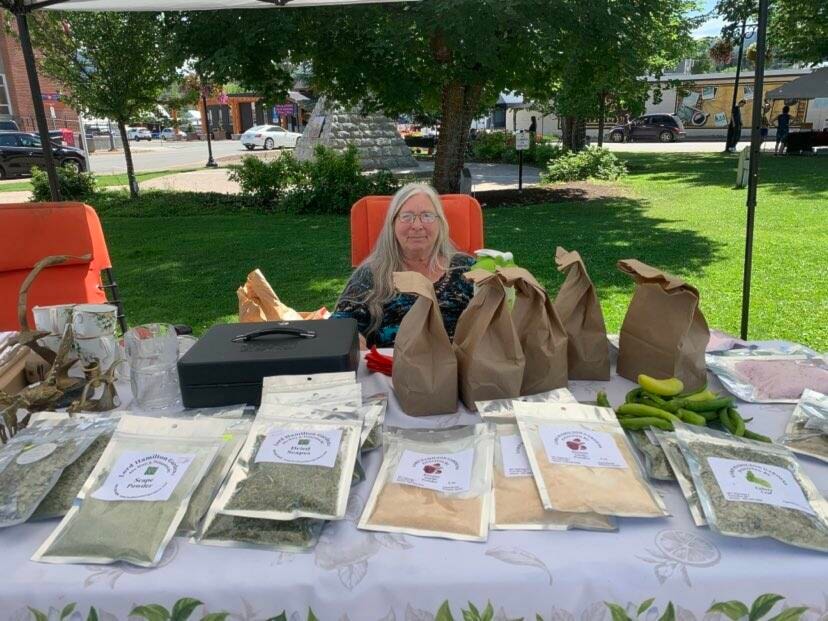It is not an exaggeration to call this an invasion.
Princeton and area, along with other regions in the province and even Alberta are confronting extreme infestations of grasshoppers that are ruining crops and threatening livelihoods.
Linda Allison is a long-time rancher in the Similkameen Valley.
“[My property] is experiencing extreme devastation,” Allison told the Spotlight.
A cow-calf producer, Allison said her pastureland is decimated after grasshoppers consumed every blade in sight, leaving only dirt behind.
She has to go back 60 decades to when she was small child, to recall a year where farms were so overwhelmed by grasshoppers.
In an effort to stave off the destruction, Allison sprayed parts of her land this year.
“As for what you can do, really the only way to get rid of them, is to spray. I did this year and I guess it was successful for about a week.”
She acknowledged that spraying “isn’t always an environmentally-friendly option,” but can be a necessity given the economic impacts of such a crisis.
“It is a grim situation for the cattle industry and it’s not just the grasshoppers it’s the continued drought.”
Drought conditions have been worsening in the Similkameen for the past four or five years, and those same circumstances have provided a fertile breeding ground for grasshoppers.
In the short term, Allison predicts that many more cows will be sold into the food chain this fall because there will not be enough hay to feed them.
Further down the road, drought will cause many changes for producers, she said.
“I think a lot of people don’t realize that.”
At one time the Ministry of Agriculture funded initiaves to address grasshopper control.
“We don’t have government programs to cover that anymore. [They] disbanded long ago.”
In addition to impacting ranchers, grasshoppers are also wreaking havoc on market gardeners and smaller producers.
“I just don’t know how on earth people are going to deal with the grasshoppers. I know it’s impacting folks in town as well,” Allison concluded.
Merna Hamilton runs a successful garden market business and appears weekly at the downtown Princeton Market.
“They are destroying our crop. They are eating everything,” she said.
“They ate the tops of our Walla Walla onions and those are best seller…and there is not one signal leaf on our rhubarb.”
Hamilton has tried numerous cures, including ones made from garlic extract and dish soap. She also employed Diatomaceous earth, an all-natural substance used for pest control, but to no avail.
“You can’t kill them all. There are just too many of them.”
She presently has her remaining crops covered by tarps.
Grasshoppers eat flowers, too.
“We are losing product,” said Rachel Nichols, owner of Fern’s Field.
“They are bad this year and they like light coloured flowers,” she said, adding that the grasshoppers have even managed to get into their greenhouses.
Nichols has also tried Diatomaceous earth however it washes away with rain.
“This is farm life. If it’s not one thing it’s another.”
Read more: Wildfire smoke highlights need for better ventilation in public spaces
Read more: Drought pushes B.C.’s wildfire battle south, as rain brings relief in north
Do you have something to add to this story, or something else we should report on? Email:andrea.demeer@similkameenspotlight.com
Like us on Facebook and follow us on Twitter.
